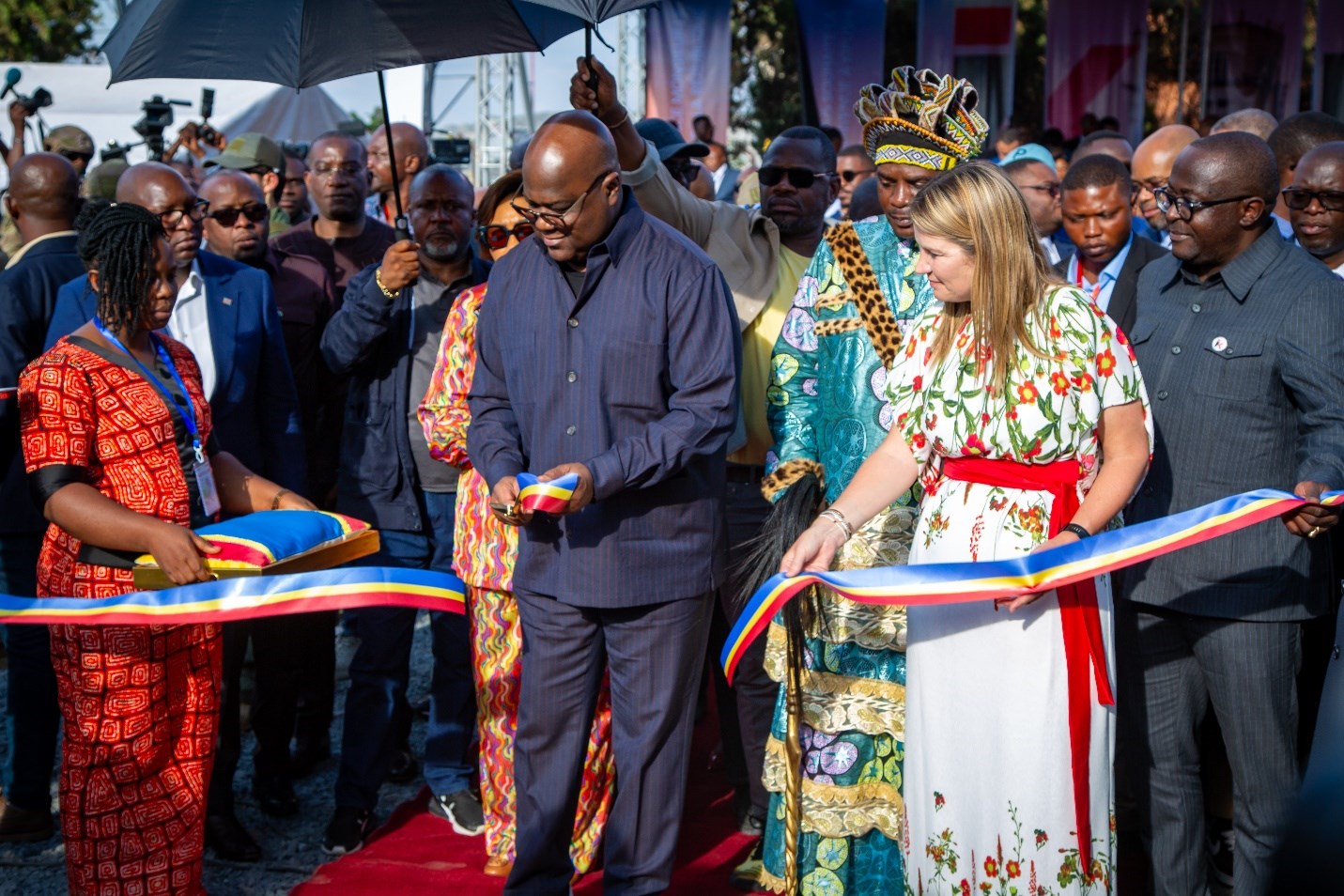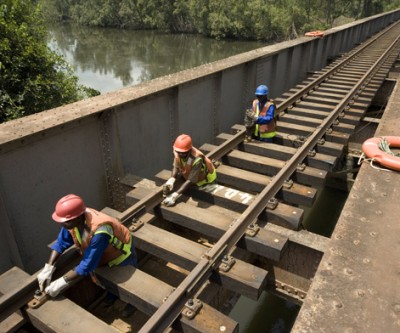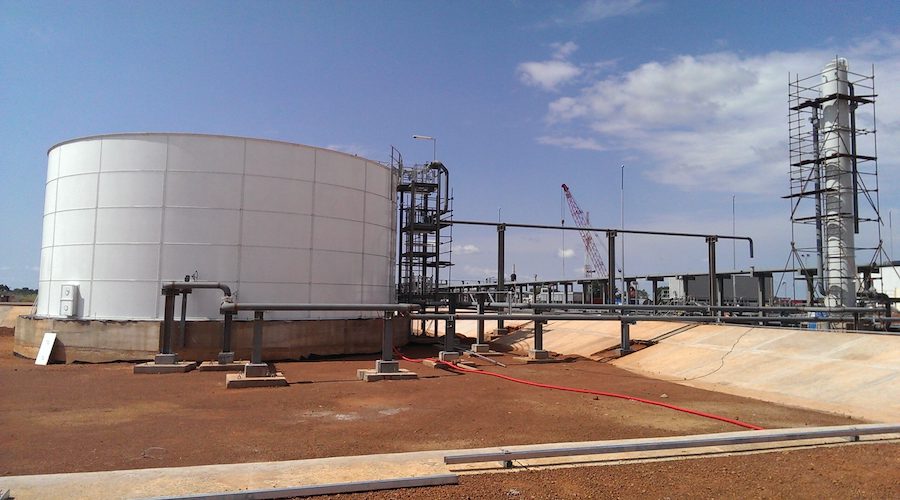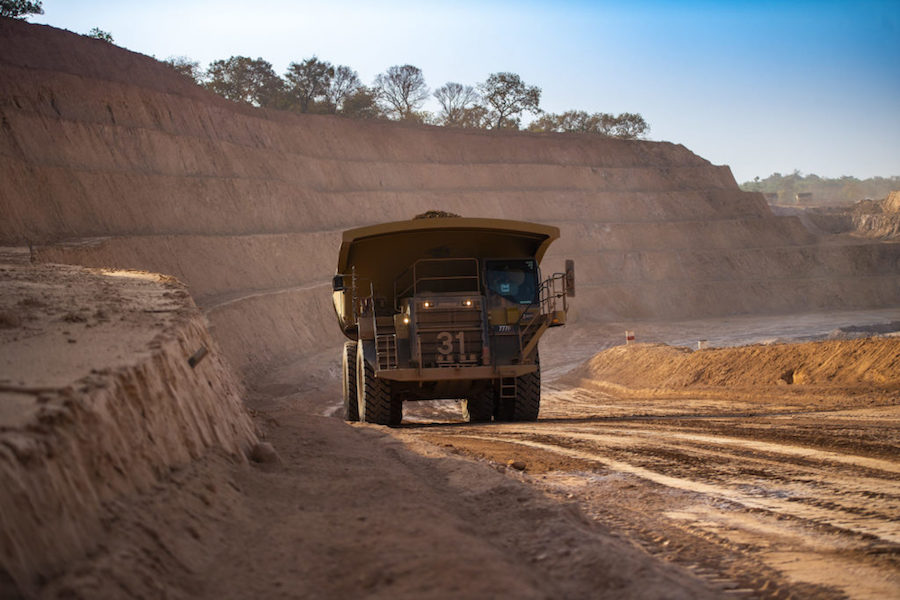
Congo’s market share is set to climb in coming years as both new and upgraded projects come on stream. Glencore will be responsible for much of the increase after investing in new processing facilities at its Toronto-listed Katanga Mining Ltd., which restarted production in December after a two-year hiatus. Katanga’s output will be as much as 34,000 tons a year from 2019, according to the Swiss commodity giant, making it the world’s largest cobalt mine.
ERG, Pengxin
Other miners also expect to start producing soon. Luxembourg-based Eurasian Resources Group Sarl’s Metalkol Roan Tailings Reclamation project is set to begin output later this year, eventually reaching a capacity of 21,000 tons a year. Shanghai-based Pengxin International Mining Co.’s Shituru Mining will also open a plant at the end of this year where capacity will reach 7,000 tons annually, according to a stock market filing.
Chemaf and Somika Sarl, another closely held Lubumbashi-based producer, are looking to expand operations as the global hunger for their deposits drives demand for the formerly unremarkable metal.
The companies’ founders, both of Indian origin, came to Congo more than two decades ago, acquiring copper-cobalt permits in the early 2000s as a ruinous civil war was coming to an end. At that time, cobalt was an obscure byproduct of copper and nickel mining, traditionally used to harden steel. Last year, the two companies exported a combined 47,000 tons of copper, about 4.2 percent of Congo’s production of more than 1 million tons.
Like Chemaf, Somika is also adding cobalt-processing capacity as it expands exploration on its concessions.
Revised law
“Our group ambition is to be a stable producer of 60,000-plus tons of copper and 6,000-plus tons of cobalt per year from 2020,” Chairman Chetan Chug said in an interview.
Surpluses caused by new Congolese production may drive down the price of cobalt to as low as $44,000 per ton in 2020 and 2021, before a strong resurgence, according to consultant Wood Mackenzie Ltd.
“We see electric-vehicle sales, and therefore cobalt demand, starting to gain traction and a real deficit emerging in the market,” Gavin Montgomery, director of metals-markets research, said by email. “This will lift prices towards much higher levels.”
One potential drawback facing miners in Congo is a new law signed by Congolese President Joseph Kabila on March 9 that may result in royalty rates on cobalt export revenue rising five-fold to 10 percent.
If that happens, “it’ll be a challenge for all of us,” said Somika’s head of business development, Geoffrey Levy. “But the fundamentals for cobalt are strong and I’m optimistic prices will remain high.”
(Written by William Clowes)





